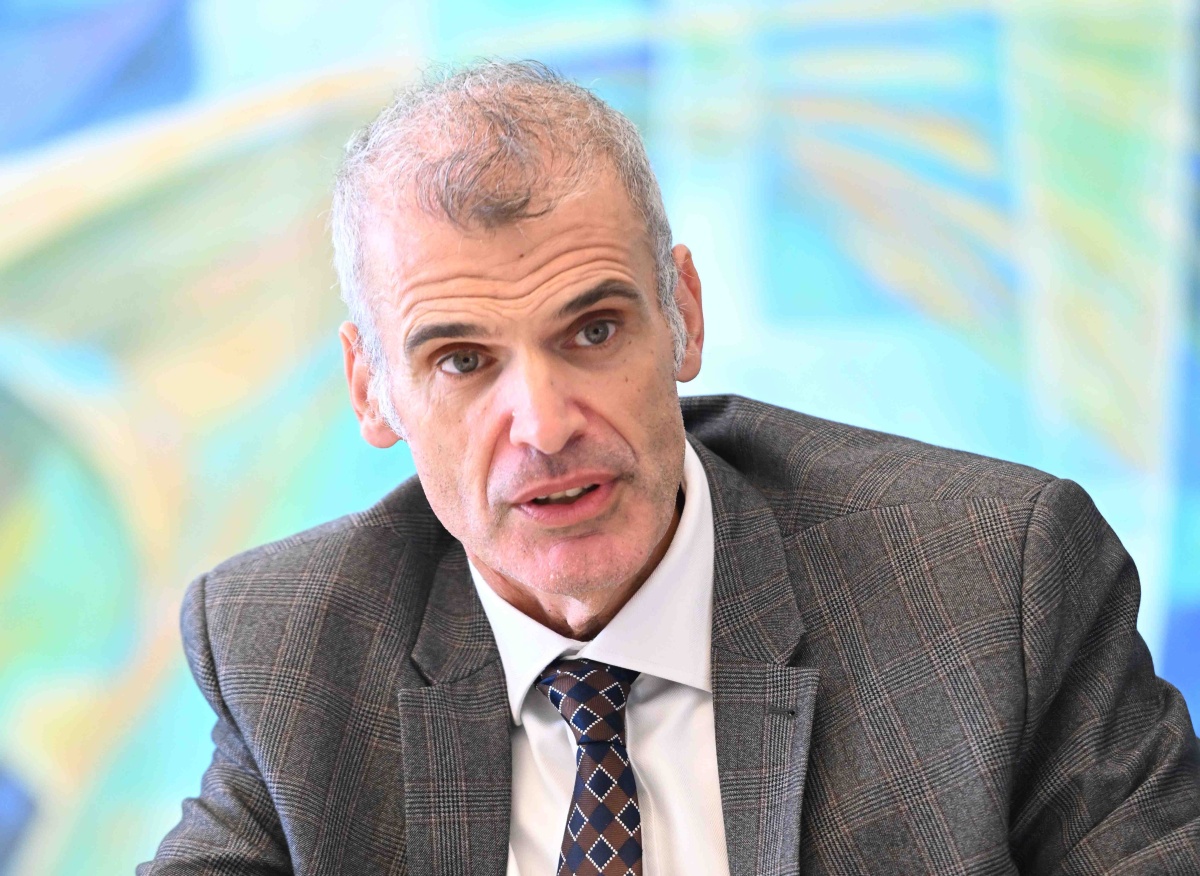When delivered effectively, feedback catalyses growth, aligns performance with corporate objectives, and strengthens team dynamics.
However, giving feedback, especially to senior executives or high-performing teams, demands a tactful approach. It’s not just the other person’s ego you need to watch out – it’s your own too.
A good starting point is to always put yourself in the other person’s shoes. After all, good feedback should be a dialogue, not a lecture.
Just as important, for effective feedback, is a careful consideration of its actionability.
Can the person receiving the feedback use it to foster their development?
One framework that has gained popularity over the last years is the FEED model, which provides a skeleton that can be used over and over to deliver feedback that can provide a real boost to individual and organisational performance.
FEED stands for Facts, Effects, Expectations and Development.
Here’s how company leaders and management can use the FEED model to give feedback that leaves a real impact.
Facts: Anchoring Feedback in Reality
Constructive feedback must begin with objective observations. Facts serve as a neutral foundation for dialogue, removing personal biases and emotional charge. This is especially important when delivering criticism, where vague feedback can come across as subjective or arbitrary.
For instance, instead of saying, “Your leadership in that meeting was ineffective,” the feedback should focus on specific actions: “In the last meeting, you interrupted the Lara three times before she completed her points.” Sticking to observable facts makes it easier for the recipient to engage with the message without defensiveness.
Effects: Highlighting the Consequences
Once the facts are established, the next step is to articulate the ripple effects. How did the observed behaviour impact the team, decision-making process, or broader business outcomes?
For example, “Interrupting Lara, who was presenting important financial details, led to a lack of clarity in the update, and some key points were missed by the board.”
Here, the focus shifts from the individual to the wider organisational implications. By addressing these effects, leaders can convey the gravity of their observations without making it personal. This approach reinforces the idea that feedback is about optimising performance, not critiquing personality.
Expectations: Reinforcing Strategic Alignment
Clarity around expectations is critical. Constructive feedback must outline what is expected going forward, not merely highlight what went wrong. This provides a vision of the standard that aligns with broader organisational goals.
For example: “In future meetings, I expect clearer communication protocols where each member can present their complete analysis before open discussion begins.” This statement does more than identify an issue – it reinforces a leadership behaviour that supports efficiency and collaboration.
Development: Enabling Continuous Improvement
Feedback should be forward-looking and developmental. Executives, like all employees, benefit from growth-focused input that drives continuous improvement. The development aspect of feedback fosters professional evolution by identifying specific actions that can elevate performance.
For example: “Consider using active listening techniques during meetings, which will enhance team engagement and ensure that everyone’s insights are fully considered before making decisions.” By focusing on development, the conversation shifts from addressing past shortcomings to equipping leaders with tools for future success.
The strategic value of constructive feedback
For CEOs and C-suite executives, the FEED model is more than just a framework – it’s a strategic tool that supports leadership development, fosters a culture of accountability, and strengthens alignment with business objectives.
When feedback is grounded in facts, acknowledges its effects, clarifies expectations, and promotes development, it transforms into a vehicle for excellence.
In a rapidly evolving business environment, mastering the art of giving – and receiving – constructive feedback is a hallmark of high-performing leadership. The FEED model ensures that feedback is not only delivered effectively but also facilitates ongoing growth, creating long-term value for the individual and the organisation alike.
32-hour work week boosts productivity and wellbeing – report
Could this be a catalyst for broader social and cultural change in how work is structured to support public mental ...
‘We want to participate, be present and stand beside those we support’ – CLA Malta on its CSR initiatives
The tax and corporate services company believes CSR is about building a future that’s as sustainable as it is compassionate.
Maltese jewellers weigh in on Cristiano Ronaldo’s engagement ring and current diamond trends
Could it be truly priceless after all?
Brands in Malta are talking in Maltese again – here’s why
More businesses are recognising the value of speaking their audience’s language.









